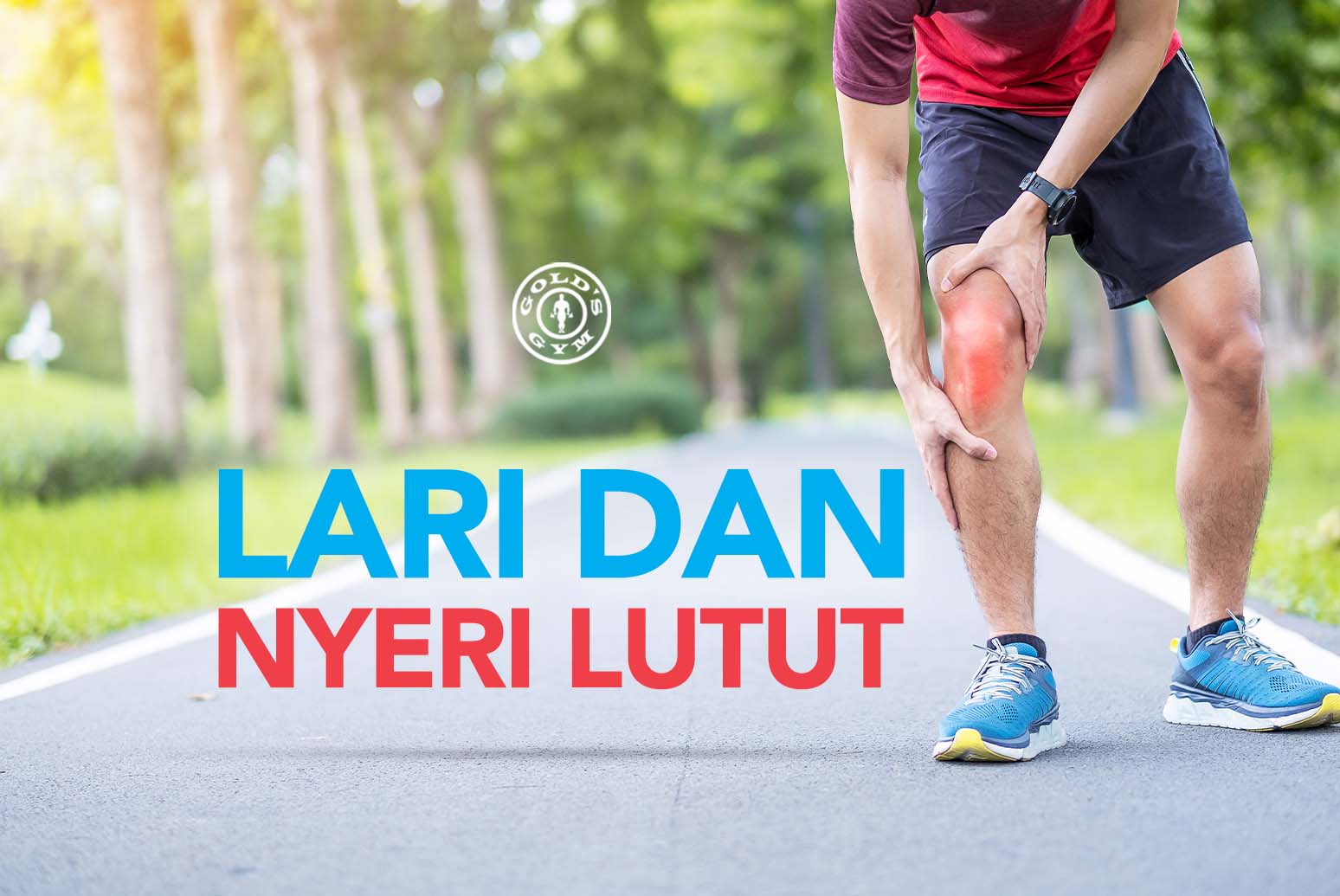Knee Pain When Running? 4 Tips for Preventing Runner’s Knee
Running has many health benefits, but sometimes running is blamed for joint problems experienced by someone, especially osteoarthritis. In fact, several studies and research journals have found that people who regularly run (non-athletes) have a lower risk of developing osteoporosis, than people who don't run regularly. Even more interestingly, a study conducted in Timmins et al found that there was a 50% reduction in the risk of surgery due to osteoarthritis compared to patients who did not run.
A large study conducted by Williams et al in 2004 involving a sample of 75,754 runners conducted for 7 years, found that 2004 runners or about 2.6% had knee osteoarthritis. Meanwhile, from a sample of 14,625 non-runners collected for 5 years, it was found that 695 samples or about 4.75% had knee osteoarthritis. The proportion of non-runners with knee osteoarthritis is higher than that of runners. In fact, it was also found that running at an intensity of 1.8 – 3.6 MET per hour per day can reduce the risk of osteoarthritis by 18% when compared to runners who run <1.8 MET per hour per day. And it was also found that the occurrence of osteoarthritis is more common in people with high levels of BMI (overweight).
Running is a cardiovascular exercise that is included in the weight dependent category. Which means, the heavier a person's weight, the higher the impact received by the joints during running. This then becomes a debate, can this have a negative impact or not? Can fat people run or not? In fact, weight dependent exercise actually trains joints higher than the weight independent category. So that the joint strength becomes better in regular runners. However, becoming stronger does not mean eliminating risk. The risk of joint problems may occur due to excessive stress on the joints.
Now we will discuss tips so that everyone can run safely.
1. Preparation
First thing’s first, prepare. Prepare the shoes that match the shape of your foot and warm up enough to prepare your muscles, joints and bones for impact.
2. Technique
Run with good technique. Pay close attention to your incline, how you land your feet, and how your joints absorb impact when you land.
3. Focus
When running, do not only focus on the end goal, but also focus on your body. Listen to your body's alarm. Excessive pain to the level of disturbing the joints indicates a problem. Muscle aches and pains are normal. For example muscles, buttocks or calves. However, if pain occurs in joints such as ankles, knees or groin, you should consider stopping the exercise.
4. Rest
One more important thing that is often forgotten by most people: rest. This is important because tissue repair occurs when you rest. With enough rest, you can avoid overuse injury.
If you have had joint problems before, you should first consult about running to your doctor or physiotherapist.
Gold's Gym Mall Ciputra | Gold's Gym Mall of Indonesia | Gold's Gym Thamrin City | Gold's Gym Cilandak Town Square | Gold's Gym Baywalk Mall Pluit | Gold's Gym Kalibata City Mall | Gold's Gym Braga Citywalk | Gold's Gym Cihampelas Walk | Gold's Gym Summarecon Mall Serpong | Gold's Gym Mall @ Alam Sutera | Gold's Gym Bintaro X-change | Gold's Gym The Breeze BSD | Gold's Gym Grand City Surabaya | Gold's Gym Surabaya Town Square | Gold's Gym Grand Metropolitan Bekasi





